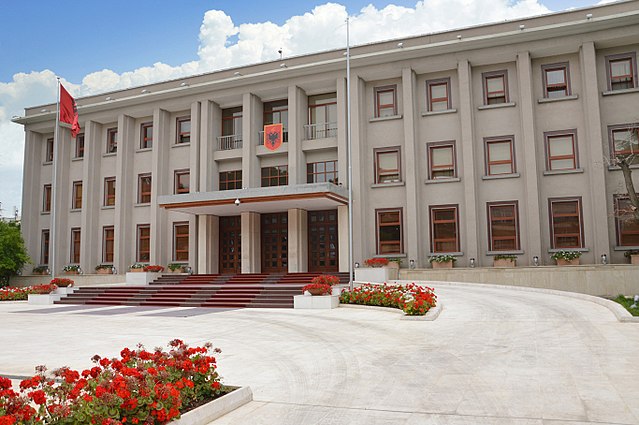Albania is a unitary parliamentary constitutional republic, in which the president of Albania is the head of state and the prime minister of Albania is the head of government in a multi-party system. The executive power is exercised by the Government and the prime minister with its Cabinet. Legislative power is vested in the Parliament of Albania. The judiciary is independent of the executive and the legislature. The political system of Albania is laid out in the 1998 constitution. The Parliament adopted the current constitution on 28 November 1998. Historically Albania has had many constitutions. Initially constituted as a monarchy in 1913, Albania became briefly a republic in 1925, and then a authoritarian monarchy in 1928. In 1939 Albania was invaded by Fascist Italian forces, imposing a puppet state, and later occupied by Nazi German forces. Following the partisan liberation from the Nazis in 1944 a provisional government was formed, which by 1946 had transformed into a communist one-party state. In March 1991 democracy was restored with multi-party elections.

The Kryeministria serves as the office and residence of the Prime Minister. It is also the seat of the Council of Ministers in Tirana.
The Presidential Office, the official workplace of the President.
The Kuvendi serves as the seat of the Parliament of Albania.
The president of Albania, officially styled the President of the Republic of Albania, is the head of state, commander-in-chief of the military and the representative of the unity of the Albanian people.
President of Albania
The Presidential Office in Tirana.
During the Middle Ages, Albanians used several titles for the spouses of Albanian monarchs. Donika Kastrioti was known as the spouse of Gjergj Kastrioti Skanderbeg.
Image: Ahmet Zogu (portret)






